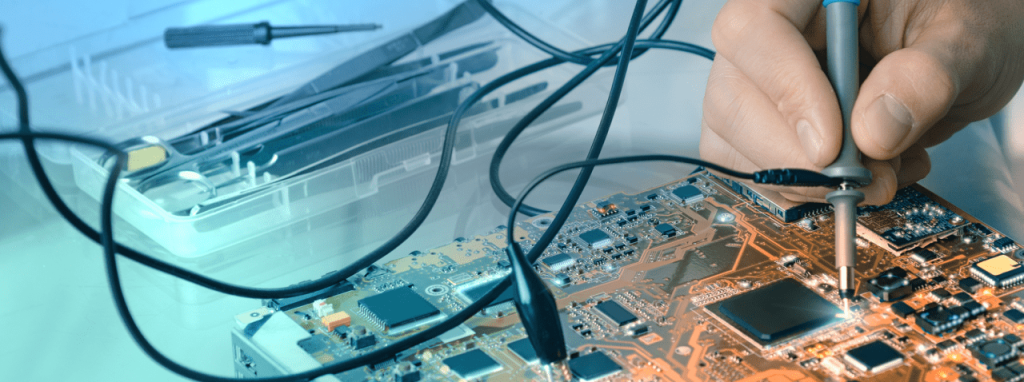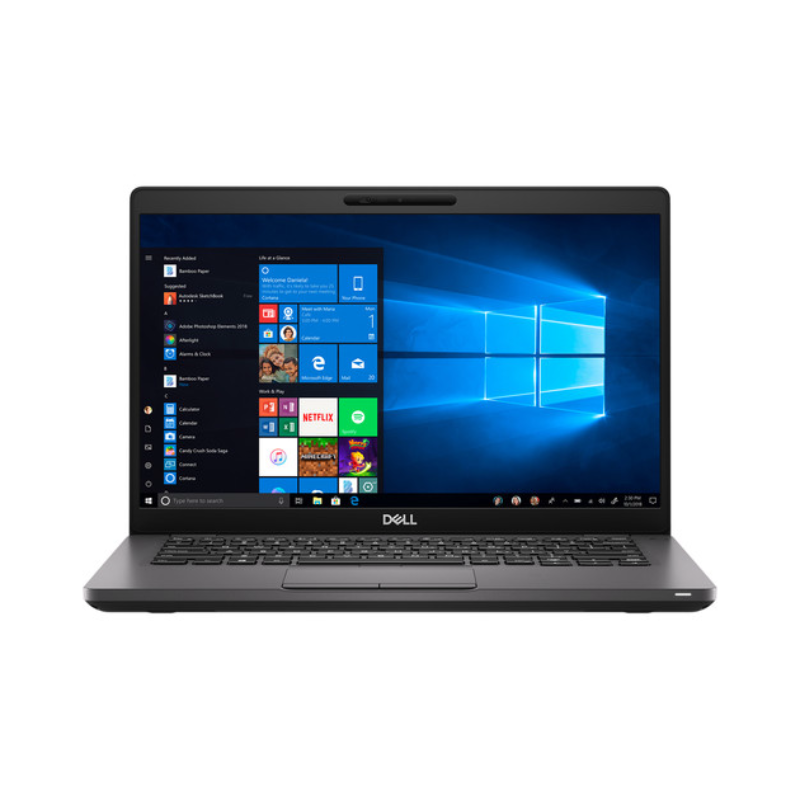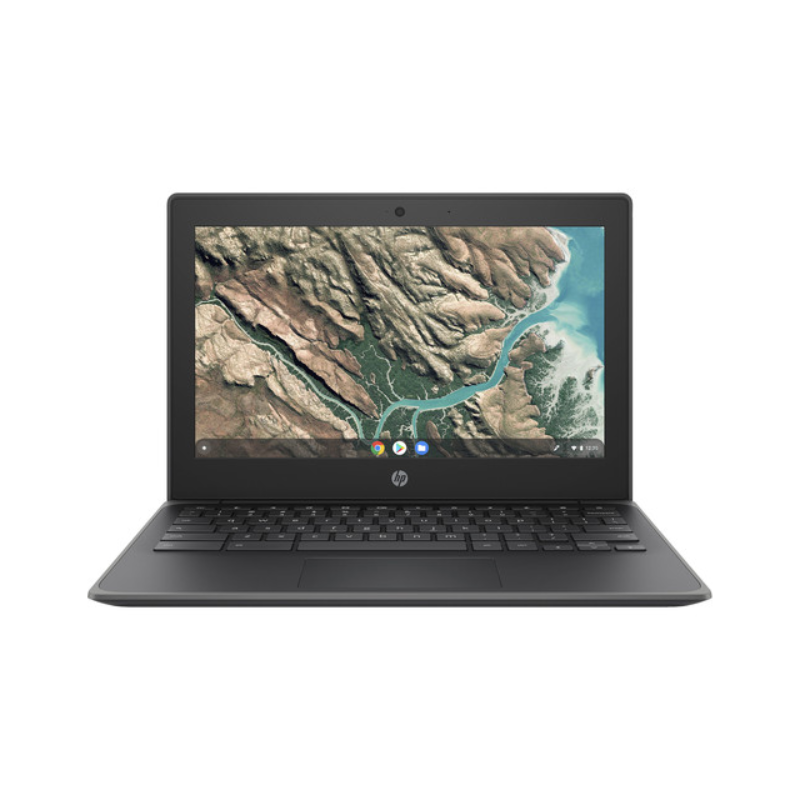Latest News, Sustainability
What is Remanufactured? Understanding the Difference from Refurbished

In the realm of technology, the terms “remanufactured” and “refurbished” are often used interchangeably, leading to confusion amongst consumers. However, there are distinct differences between the two that can significantly influence your purchasing decisions, particularly when it comes to Laptops, PCs, and other IT and electronics. Let’s explore the nuances of remanufactured and refurbished products, shedding light on what each of the terms means and how they contribute to sustainability efforts in the tech industry.
The Rigorous Process of Remanufacturing
Remanufactured electronics, including laptops and PCs, undergo a rigorous process that goes beyond repairs or cosmetic touch-ups. When a product is remanufactured, it is disassembled down to its core components, thoroughly inspected, and rebuilt to meet or exceed the original manufacturer’s specifications. This process involves replacing worn-out parts, upgrading components, and subjecting the device to a high standard of quality control tests to ensure optimal performance and reliability.
Refurbished Electronics: A Different Approach
Unlike remanufactured products, refurbished electronics typically undergo less extensive refurbishment processes. Refurbished laptops and PCs may involve repairs to address specific issues or defects identified during testing, along with cosmetic enhancements to improve their appearance. While refurbished devices are tested to ensure they function properly, they may not receive the same level of component replacement or upgrades as remanufactured counterparts.
Environmental Impact: Remanufactured IT vs. Refurbished IT
One of the key distinctions between remanufactured and refurbished products lies in their environmental impact. Remanufacturing prioritises sustainability by extending the lifespan of electronic devices through comprehensive restoration and modernisation. By salvaging and revitalising existing hardware, remanufacturing reduces the demand for new resources and minimises electronic waste, aligning with the principles of the circular economy.
Making Informed Choices for Sustainability
For businesses and consumers looking to make environmentally conscious purchasing decisions, understanding the difference between remanufactured and refurbished products is essential. While both offer opportunities to acquire high-quality electronics at a reduced cost, remanufactured devices represent a more sustainable choice in terms of resource conservation and waste reduction.
GreenIT.ie: Championing Sustainable Solutions
At GreenIT.ie, we’re dedicated to advocating for eco-friendly IT solutions that maintain top performance and affordability. Teaming up with Circular Computing, we endorse remanufactured technology, backing sustainability in IT to deliver top-notch performance while reducing our environmental impact. Opting for remanufactured goods supports the shift towards a greener IT landscape, offering premium technology at competitive prices.
Choosing a Sustainable Future
The distinction between remanufactured and refurbished electronics lies in the depth of restoration and the environmental impact of each process. While both offer viable options for acquiring pre-owned devices, remanufacturing stands out as a more comprehensive and sustainable approach to extending the lifespan of electronic products. However, opting for remanufactured or refurbished laptops, PCs, and other electronics, as opposed to new, consumers and businesses alike can contribute to a greener future for the tech industry while enjoying the performance and affordability they desire.










